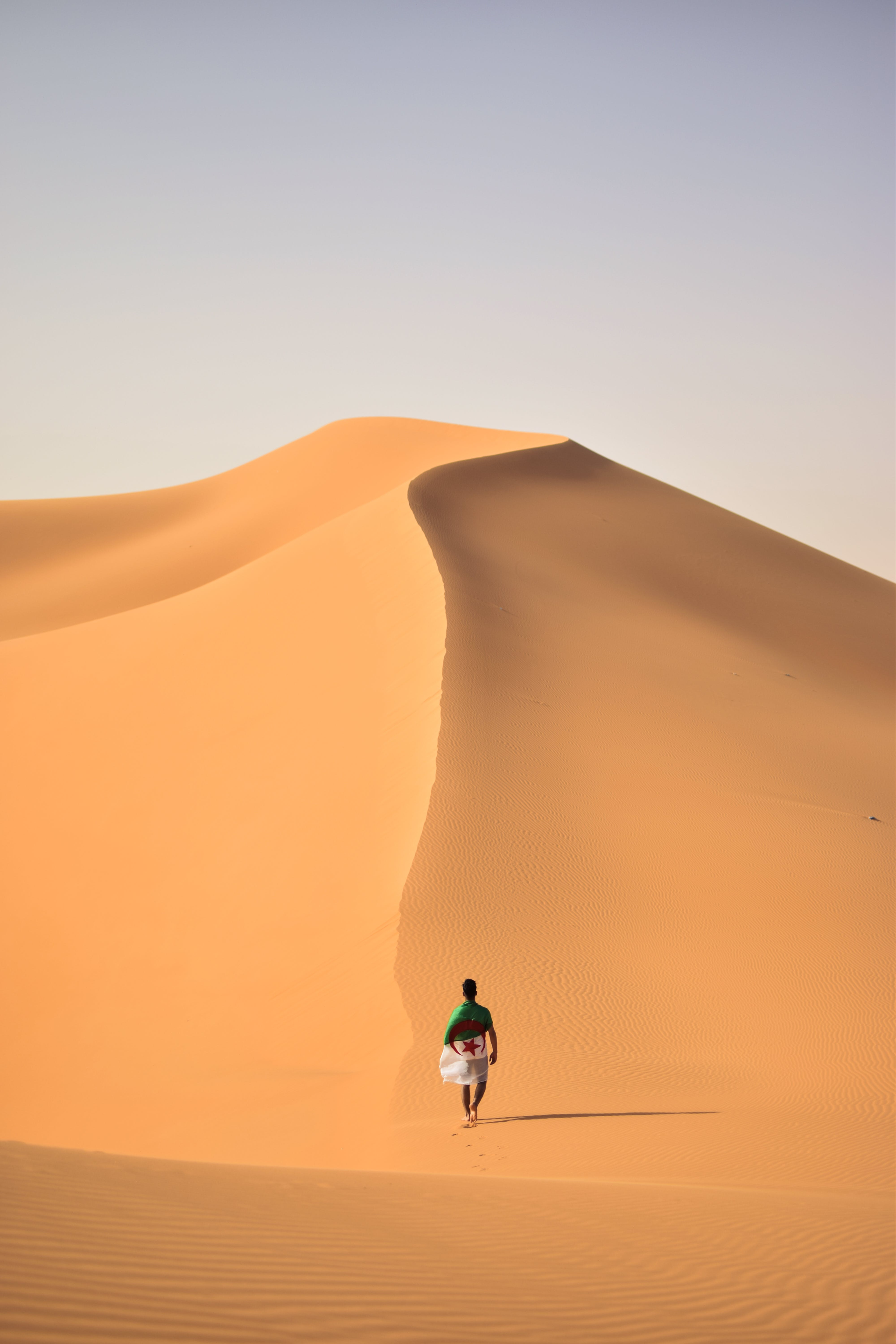What to Expect on a Northern Lights Trip in Iceland
Ásgeir Fannar Ásgeirsson • July 21, 2015
Seeing the Northern Lights dancing in the clear winter sky is nothing short of amazing. Iceland is a wonderful winter destination and spotting the Northern Lights (Aurora Borealis) will just be the cherry on top of your perfect winter holiday. The Northern Lights are a popular attractions and travellers flock to the Land of Fire and Ice to experience them. Witnessing this magical penomenon with your own eyes is an experience not to be missed, the colours and the motion make a marvelous show that you will never forget. This is one of the best things to do in Iceland and each display of lights is totally unique. The best thing is of course that when you get back home you will have photos and videos to show to your friends and family and you can watch as their faces turn green with envy.
Where to see the Northern Lights?
Iceland is one of the best places in the world to see the Northern Lights. You can see them all around the country, and even in Reykjavík when conditions are right. A few things to keep in mind:
- Aurora activity
The Icelandic Met Office offers a great Northern Lights forecast predicting aurora activity for any given day on your trip to Iceland. The higher the number on the scale, the more aurora activity and the better your chance of seeing the Northern Lights. - Darkness
It has to be dark outside so viewing the Northern Lights is an evening or night-time activity. The further you get away from the city lights the better. - Clear skies
Clouds will block your visibility of the Northern Lights so the sky has to be clear for you to see them. Skies are clearer if temperatures fall below zero. - Scheduled tours
Northern Lights tours are scheduled almost daily during winter. You can take a bus tour, a boat ride, float in geothermal pools or even view them from the top of a glacier. Take a look at the TripCreator selection.
The best time to see the Northern Lights?
The Northern lights season in Iceland is from September to April. This is when nights are dark so your chances of seeing the Northern Lights are greater. Unfortunately though, no guarantees can be given as visibility depends on weather conditions.
What to bring on your Northern Lights tour?
- Warm clothes
- Camera
- Spare batteries
- Good shoes
- Memory cards
- Something to eat and drink




